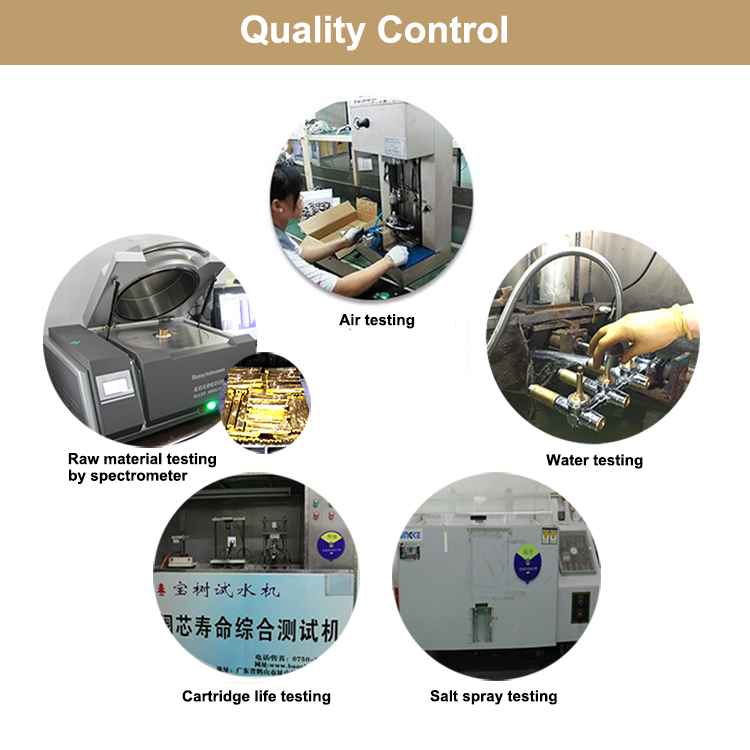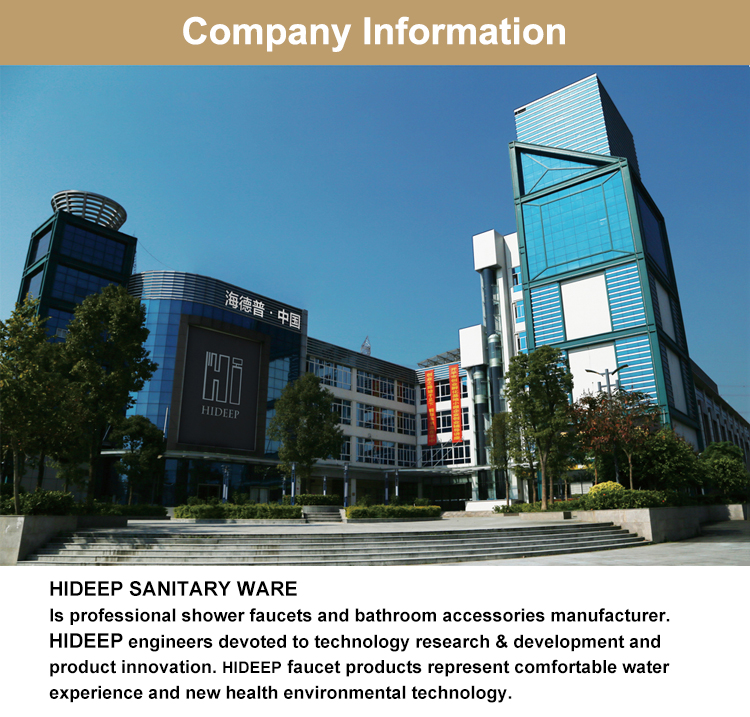1 , poor print fastness
Causes and solutions:
( 1 ) The surface tension of PE or PP film is lower than ( 3.6 - 3.8 × 10-2N/m ). The surface tension measuring liquid checks the surface tension of the film, and if it does not meet the requirements, it should be reprocessed.
( 2 ) The ink is diluted too dilutely, the binder is destroyed or the diluent is used incorrectly. When diluting the ink, the viscosity is preferably controlled at 25-35 seconds (coating 4# cup). In addition, the choice of thinner should be careful, do not use it wrong, so as not to affect the quality of the ink.
( 3 ) The adhesion of the ink itself to the film is poor. The ink type should be replaced or the ink manufacturer should contact.
2 , the print is lost
Phenomenon: During the printing process, small characters and thin lines are lost at the beginning, and no pattern can be printed in serious cases.
Causes and solutions:
( 1 ) The ink viscosity is too high and does not match the printing speed. Adjust the ink viscosity to a suitable value.
( 2 ) The ink drying speed is too fast, and the printing speed is too slow. Add slow-drying diluent (or n-butanol slow-drying solvent) to the ink, but strictly control the amount of addition, such as adhesions such as excessive adhesion.
( 3 ) The plate mesh is too shallow and needs to be re-plated.
( 4 ) The blade angle and position are not appropriate. The normal blade angle is generally between 30-60 °, which not only keeps the knife edge from being damaged, but also prints the ink layer better. The position of the scraper should be determined by the drying condition of the ink. If the ink is dried too fast, the scraper can be moved forward appropriately to shorten the distance between the scraper and the imprinting point.
( 5 ) Adjust the hot air position by improperly placing the hot air.
3 , overflow ink
Phenomenon: The surface of the printed surface has spots, patterns, or ink that overflows from the line.
Causes and solutions:
( 1 ) The viscosity of the ink is low after dilution. Add some of the original ink, adjust the viscosity for 25-35 seconds (current task 4# cup); or empty the machine for a period of time, so that the solvent is evaporated a part, the viscosity of the ink is increased to the appropriate value.
( 2 ) The printing speed is too slow, or the ink drying speed is slow, the printing speed is increased, or the dry diluent is accelerated to the ink.
( 3 ) The printing plate is too deep or worn, and needs to be re-plated.
( 4 ) The hardness, pressure and angle of the scraper are not appropriate. Adjust the blade pressure and angle, polish the blade edge and reduce the hardness.
4 , color
Phenomenon: In the case of plate printing, the ink on the latter color plate sticks the imprint of the previous color ink on the substrate and reverses the printing onto the printing plate of the latter color.
Causes and solutions:
( 1 ) The dryness of the previous color ink is not good. The first color ink is changed to a quick drying type diluent to increase the drying speed and make the latter color ink slower than the previous color ink.
( 2 ) The adhesion of the previous color ink is not good, and the ink is replaced.
( 3 ) The printing speed is too fast, the printing grid is too deep, the printing pressure is too large, the printing speed is reduced, the drying function is strengthened, the pressure of the printing roller is reduced, or the shallow version is replaced.
( 4 ) Improper use of the diluent, check and replace with a suitable diluent.
5 , adhesion
Adhesion can be roughly divided into three cases.
( 1 ) The adhesion that occurs when the printed matter is wound up to the time of bag making is called “one-time adhesionâ€.
( 2 ) When the bag after storage is in the packaged article, the phenomenon of adhesion occurring in the bundle of the plastic bag is called "secondary adhesion".
( 3 ) Adhesion that occurs after packaging is called “three-time adhesionâ€.
Causes and solutions:
In general, the main factors that cause adhesion are pressure, temperature, relative humidity, and time.
One time of adhesion is mainly due to residual solvent or winding tension in the print. This is because the evaporation rate of the diluent in the ink is too slow or the printing speed is too fast, and the drying system has poor drying effect, and the printing plate has a deep engraving, and the ambient temperature and humidity are too high. As long as the appropriate ink thinner is used, the printing speed is reduced, the drying effect of the drying system is enhanced, the ambient temperature and humidity are improved, the winding tension is appropriately reduced, and the plate cylinder with a lighter cell is re-made, and the solution can be solved and avoided. A sticky problem.
The secondary adhesion is mainly affected by the temperature and humidity in the storage environment of the product, mainly because the ambient temperature or relative humidity is too high, so that the ink becomes soft, sticky or re-dissolved, thereby causing adhesion. If the ink can withstand 50 °C under normal conditions, when the relative humidity increases by 10% , its heat resistance will drop, only 45 °C. For this reason, as long as the temperature and humidity of the environment are controlled, the general secondary adhesion can be prevented.
The three adhesions are mainly caused by the contents. Due to the permeability of PE and PP films, when used to package articles containing alcohols, esters, flavors, etc., such as balsam, liquid cosmetics, ginger, mustard, curry powder, etc., it will be exuded by alcohols, esters, flavors, etc. And migrate to the ink layer to re-dissolve the ink layer and cause adhesion.
6 , whitening
Phenomenon: There is a layer of white box on the surface of the blot.
cause:
( 1 ) Solvent whitening: mainly because the solvent with large latent heat of volatilization is used in the ink, such as alcohol solvent. When the relative humidity of the environment is too large, the solvent excavation in the imprint causes the temperature of the imprinted ink layer to drop, and the air is collected. The moisture falls on the surface of the blot to form a white frost.
( 2 ) resin whitening: due to the different volatilization speed of the solvent in the ink, the solvent is out of balance, mainly the evaporation rate of the true solvent is faster than the volatilization speed of the diluent, so the proportion of the diluent in the ink increases, when the increase When it reaches a certain level, it will cause the resin to precipitate and form a layer of hoarfrost-like substance.
Solution:
( 1 ) To reduce the relative humidity of the environment, it is preferable to be able to maintain constant temperature and constant humidity printing conditions.
( 2 ) Strengthen the drying effect of the drying system.
( 3 ) Switch to slow drying solvent.
( 4 ) Add some true solvent with a slower volatilization rate, or adjust the ratio of the solvent.
7 , water or water
Phenomenon: The printed part of the field is not full and has a wavy pattern.
Causes and solutions:
( 1 ) The ink viscosity is low. Add appropriate raw ink or add high viscosity continuous material.
( 2 ) Printing speed is slow. Appropriately increase the printing speed.
8 , ring marking
Phenomenon: The print is not flat, and irregular spots appear on the solid part.
Causes and solutions:
( 1 ) The ink has large thixotropy, poor leveling, or excessive dilution of the ink, and the viscosity is low. The ink should be replaced or the viscosity of the ink should be increased.
( 2 ) The drying speed is too fast and the printing speed is too slow. Slowly dry the thinner and adjust the printing speed.
( 3 ) The printing plate is not suitable (generally deep) and needs to be re-engraved.
( 4 ) The effect of static electricity. Add a device to eliminate static electricity or add an antistatic agent to the ink.
9 , bubbles
Phenomenon: tiny bubbles are generated in the ink, and small dots appear in the print.
Causes and solutions:
( 1 ) A large amount of air is mixed in the ink tank. Use an antifoaming agent to reduce the amount of bubbles.
( 2 ) The drop when the ink returns to the ink tank is too large. Adjust the ink tank position and height.
( 3 ) The ink storage time is too long. Add some new ink or replace it all.
( 4 ) Printing speed is too fast. Reduce the printing speed appropriately.
10 , blocking board
Phenomenon: The ink is dried in the printing grid, which causes the text and lines of the printed matter to be missing or broken. In severe cases, the pattern cannot be printed.
Causes and solutions:
( 1 ) The distance between the blade contact point and the stamping point is too large. Shorten the distance between the blade contact point and the stamp point.
( 2 ) Printing speed is slow. Improve printing speed.
( 3 ) The ink is dried too fast and has been dried in the printing grid before it is transferred to the substrate. A slow drying agent is added to the ink to reduce the drying speed of the ink.
( 4 ) The ink particles are too large or mixed with other impurities. Filter the ink or replace the ink.
( 5 ) The printing plate is not cleaned, and the residual ink is solidified in the mesh cavity, causing blockage. Thoroughly clean the plate.
11 , the ink is jelly-like
There are two cases. One is that the ink that has just been pulled out of the warehouse is jelly-like and cannot be poured out of the ink tank. This phenomenon is generally likely to occur in winter and spring, which is caused by poor low temperature resistance of the continuous material in the ink. If the ink is lightly jelly, gently shake the drum to destroy this property and then use it on the machine. If the jelly of the ink is heavier, it should be stored in a room temperature environment for a whole day and night, and then used after the ink returns to normal.
In another case, the fluidity of the ink gradually deteriorates during use until it is jelly-like and cannot flow. This is mainly caused by improper use of the diluent (such as alcohol or stupid only), or it may be The water content of alcohol is too high. When the relative humidity of the environment is too high, due to the hygroscopic action of the alcohol in the ink, the time is long, and the moisture in the ink increases, causing the ink fluidity to deteriorate or even jelly. This kind of situation is rare, you can re-exchange the ink, you can add a little frozen ink to the new ink. In order to prevent this from happening, reduce the amount of thinner each time you adjust the ink, and add some new ink at the same time to ensure the stability of the ink composition. Source of information: Yonghong ink
If you have any product needs and questions, please call the Yonghong Ink Factory of Zibo City (Zhedi) to obtain relevant information. The manufacturer directly supplies the factory to the customer, and the product quality and technical strength are 100% guaranteed! Yonghong Ink Factory produces various inks at the same time  : woven bag ink , non-woven ink, water-based ink , oil-based ink, alcohol-soluble ink, carton oil film, plastic ink, glass ink, flexible ink, gravure ink, letterpress ink and other ink products, bright color, fine ink, adhesion Strong, fast and complete color samples. Â
HIDEEP have a wide range of Basin Faucet , including deck mounted basin faucet, wall mounted basin faucet, hot and cold basin mixer, cold water tap and 3 hole basin mixer.
HIDEEP Product line
HIDEEP Product Information
Product description
Basin faucet
Brand name
HIDEEP
Material
Brass main body and zinc alloy handle
Material analysis
Cu≥59%
Air pressure testing
0.6 Mpa
The thickness of chrome plating
Nickel>8um Chrome>0.2um
Salt spray test
24 hours
Water flow
Bath/Shower Mixer≥18L/min,
Cartridge life time
300,000 times open and close
Quality guarantee
5 Years quality guarantee
Certification
ISO9001, CE
OEM and ODM
Acceptable
Installation mode
Wall-mounted
Function
Hot/cold water mixer




Basin Faucet
Basin Faucet,Bathroom Basin Faucet,Black Basin Faucet,Wash Basin Black Faucet
Kaiping HIDEEP Sanitary Ware Co., Ltd. , http://www.hideepglobal.com